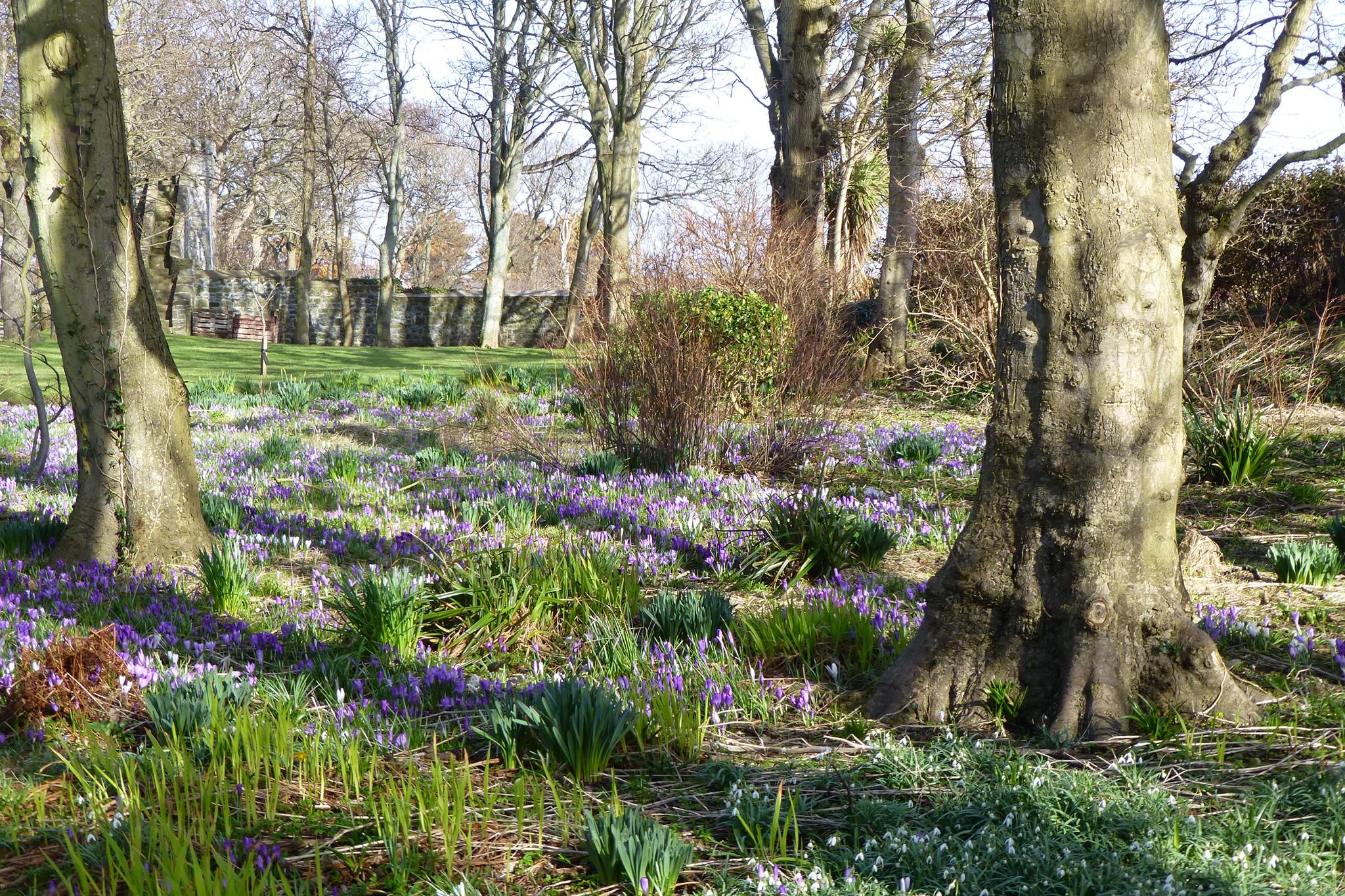On the Isle of Man, 72% of the resident population live in towns and villages (and cities, of course, before Douglas gets upset). It is widely accepted that trees in urban and suburban areas provide a range of social, economic, and environmental benefits. Nobody is saying that planting trees is all we need to do to make us happy, healthy, and prosperous, but when the evidence shows planting trees can contribute to improvements in all these areas, perhaps we should be taking trees more seriously.
Read more: A Shot in the DarkA basic metric used to measure the performance of municipal authorities in providing an ‘urban forest’ is tree canopy cover (TCC): the area of land that is covered by tree canopy, often expressed as a percentage. The logic behind this metric is that the higher the percentage of TCC, the more benefits are delivered. By breaking these figures down by postcode, ward, or any other spatial unit you can think of, it is also possible to see the distribution of these benefits across our towns and villages.
There are several ways that TCC can be measured, but the simplest and cheapest is random point sampling over existing aerial photography and satellite imagery. All you must do is create a set of random points and check through them one-by-one to decide whether they fall on a tree canopy, or not. The rest is down to statistical analysis.
By combining this method with citizen science, the UK Forestry Commission are attempting to create a canopy cover map for the whole of the UK: https://forestry.maps.arcgis.com/apps/webappviewer/index.html?id=d8c253ab17e1412586d9774d1a09fa07

Prior to this, in 2017, Forest Research (the research arm of the Forestry Commission) led a study that assessed the canopy cover of 265 English towns. Canopy cover ranged from 3.25% in Fleetwood, Lancashire to 45% in Farnham, Surrey. The mean canopy cover of the towns assessed was 16.4%. The average for coastal towns was somewhat lower, however, at 13.7%. Based on this study the Forestry Commission believe a target of 15% should be achievable for most coastal towns. Here is a link to the full report: Canopy cover of England’s towns and cities
You won’t be surprised to hear that no such data exists for the Isle of Man. Is this a significant issue?
Well, here is why I believe it is important to have baseline data for TCC:
- Firstly, and probably most importantly, this baseline data would allow us to monitor changes in TCC over time. Is it changing? If so, how is it changing? Where is it changing? And why is it changing?
- Armed with such evidence, government departments, statutory boards and local authorities would be better placed to set appropriate budgets for tree planting and maintenance. Targets could be set for the level of TCC we want to see in 5-, 10- or 50-years’ time. And with targets set we could think about strategic planning and the creation of policies which would help us reach our goals. For example, government’s efforts to protect existing trees and plant new ones, could be increased or relaxed in a given area depending on how far below or above the target we were.
- TCC can also be used to estimate the extent of ecosystem services delivered by trees, and therefore how we can use tree canopy cover to adapt to the adverse effects of a changing climate.
- Because it’s easy to understand and communicate, TCC has become popular metric for monitoring the urban forest. In the information age, the importance of easily comprehendible metrics which allow us to communicate effectively with the public and politicians should not be overlooked.
With modern technology and citizen science it should be possible to get this data at minimal cost. We need to bring together those with the technical knowhow, those with access to the most up-to-date aerial imagery, and the willing volunteers, to make it happen.
Efforts to protect or expand the urban forest need to be viewed in the context of the bigger picture, otherwise the expenditure of those resources is just a shot in the dark. In a world where there is fierce competition for resources there needs to be data available to support the case for managing the urban forest. Where resources are available, they need to be used in the most effective way, where they can deliver the most benefit.





You must be logged in to post a comment.